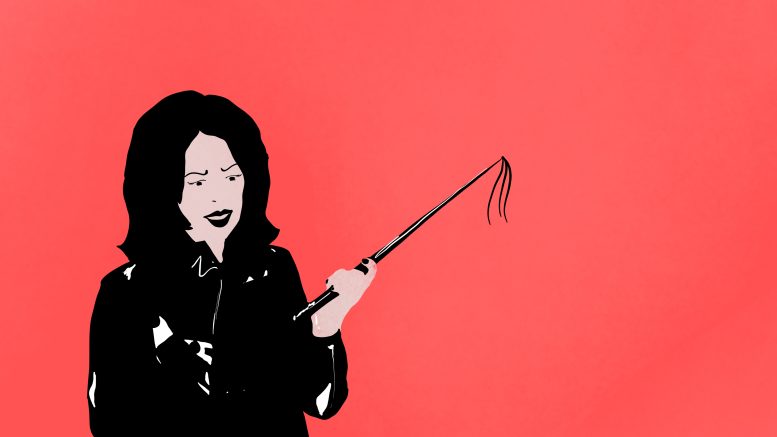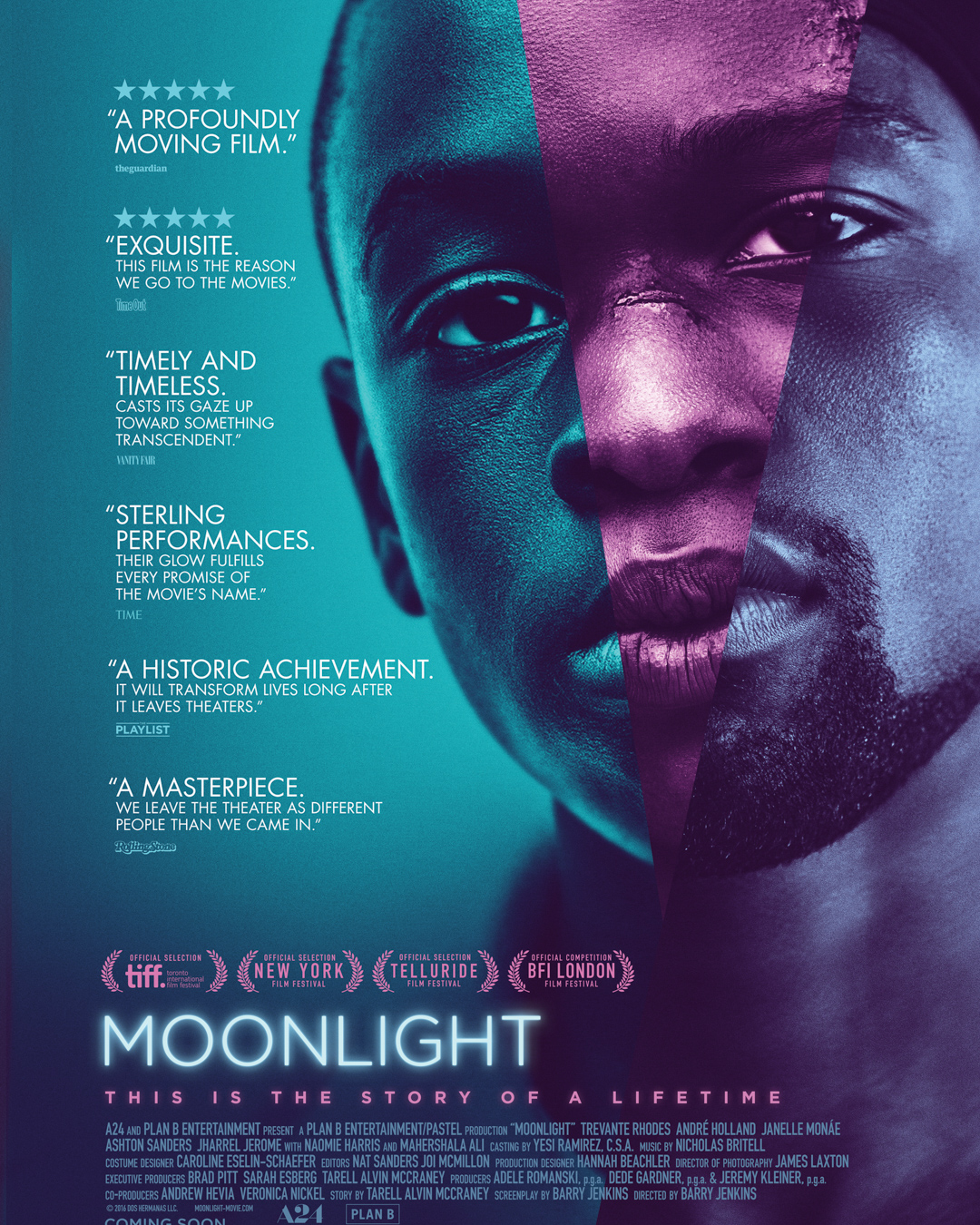As a kid, I had a fraught relationship with Victoria’s Secret window displays, an experience shared by many current and former queer women. Obviously, the displays were meant to be looked at and the models were intended to be attractive, but even at a young age I knew that people like me were not supposed to want to look at those images. Although I was a scrawny and somewhat timid seven-year-old, I thought I was dangerous for thinking girls were cute.
Kids aren’t born feeling like who they have or don’t have crushes on make them freaks, and lesbians are not intrinsically doomed to pine longingly after the subjects of our desires. We learn these fears and inhibitions from family, school and the media — all of which are shaped by the state.
Canada, formally known as the Dominion of Canada, is a British settler colonial project, meaning that our laws and constitution are heavily informed by British law. Homosexuality has been heavily stigmatized or forbidden in some religious traditions, but in the 1530s under the reign of Henry VIII, king of England and founder of the Church of England, “buggery” — or anal intercourse, usually practiced between men — was made illegal and punishable by death under the British criminal code.
This prohibition was carried over to Canada with the Criminal Code of 1892, which also criminalized any form of homosexual physical affection from doing the polka to pecking your boyfriend on the cheek, in public or private. Lesbians were included under this law in 1953. Finally, women were punished just as much as men for being queer — that’s progress.
Former Prime Minister Pierre Trudeau started the formal process of decriminalization in the late 1960s, famously saying “there’s no place for the state in the bedrooms of the nation.” This sentiment carried into the amended 1969 Criminal Code where queer people were allowed to have some gay sex under some circumstances and were still prohibited from being affectionate in public.
Homosexual acts have been gradually decriminalized. We can get married and hold hands in public now, but these legal shifts have been accompanied by caveats and continued repression.
For instance, in 2000, at a time when homosexuality was much less strictly criminalized, police raided The Pussy Palace, a women’s and trans folks’ bathhouse in Toronto, during its second anniversary sex party, sparking mass protests.
Queer people have often been falsely portrayed as predatory and dangerous. Anti-queer activists have, for decades, made variations on the claim “homosexuals cannot reproduce, so they must recruit,” implying that queer people make children gay, and that queer kids shouldn’t exist.
That queer people are constantly encouraged — and often forced — to keep our sexualities contained for fear of offending common decency or encouraging others to try it out, is infuriating.
Coming to terms with my queerness has entailed a lot of unlearning the anti-queer nonsense that I have been immersed in since childhood, and coming to understand how the state has controlled undesirable sexuality. It’s been a difficult task, and I didn’t make it any easier on myself when I decided to trans my gender and explore being a leatherdyke at the height of an anti-trans moral panic.
Leather culture is a subset of BDSM, which stands for bondage, discipline, sadism and masochism. It’s a broad subculture with many sub-variants.
According to recent studies in Norway and the U.S., many people incorporate elements of BDSM in their sex lives. 34 per cent of Norwegians surveyed engaged in BDSM practices in general. In the U.S. study, 30 per cent of respondents engaged in spanking, out of a range of taboo activities.
It turns out that even though BDSM is taboo, it’s quite popular. People have all kinds of complicated relationships with authority, pain and restriction that are interesting and fun to explore.
However, much like queer sex historically, many forms of S/M are currently illegal in Canada, on the grounds that a person cannot consent to bodily harm. Other forms of recreational pain-infliction and reception, like hockey or getting your belly button pierced, are legal because they have been determined to have social or cultural value.
This distinction is absurd and rooted in sexual puritanism. The government has no place in determining what consenting partners do together.
Last week, I wrote about how it is important to be honest and clear about what you want and don’t want. It’s necessary to embrace the uncomfortable to bring about change. For me, this is intimately connected to leather — when the sharps are out, you need to be clear about what you want and what your boundaries are.
Embracing leather has been an incredibly important part of exploring gender and sexuality. After years of repressing desires that I have been told were abject, like being trans and loving women, I’ve relaxed into myself. It has been comforting to know that there are others who have desires like mine, and empowering to learn that the state has tried so hard to suppress my communities and continuously failed to do so.
This Valentine’s Day let’s participate in the time-honoured tradition of being gay and doing crime. I’m no longer letting “decency” get in the way of love.




